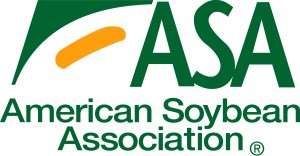Article says GMO usage doesn’t equal higher yields
By Diego Flammini
Assistant Editor, North American Content
Farms.com
The American Soybean Association (ASA) responded to a recent New York Times article that says GMO use in North America hasn’t increased crop yields or reduced pesticide use.
“In the interest of a fair and honest discussion of this issue, we have to confront the inaccuracies and false conclusions of the article,” ASA said in a release.
In the Times article, the author states when there’s no advantage in the use of GMOs in food per acre in Canada or the United States. The author compared the findings to countries like Germany and France, and used United Nations data.

The ASA said the reporter only included what he felt was necessary to his argument.
“In his interpretation of the data, the author fails to standardize the data from France when comparing it to similar data from the U.S., where we have more than 9 times the amount of arable land.”
The ASA agreed that GMOs aren’t a “silver bullet” for agriculture, but says the reporter didn’t give producers credit for adapting their operations.
“The article also lacks any mention of reduced or eliminated tillage as a result of increased use of GMOs on American soybean operations. Our farmers live on their land, drink from the wells, and rely on productive soil that will yield for their children and grandchildren as well. GMO technology provides for weed control without tilling the soil multiple times. This has dramatically increased the use of conservation tillage, reduced soil erosion, improved water quality, and reduced greenhouse gas emissions.”